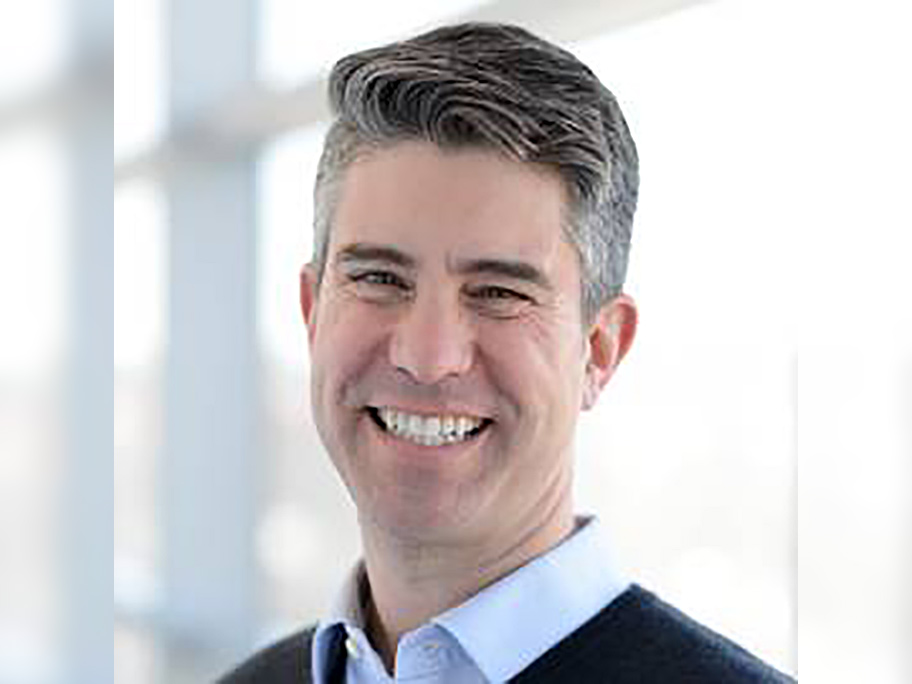
Leaving the door open for your audience
For Innovation in Focus this month, student Maggie Doheny spoke with NCAM director Bryan Gould about newsrooms making their social media accessible
For Innovation in Focus this month, I talked to Bryan Gould, the director of The Carl and Ruth Shapiro Family National Center for Accessible Media (NCAM) at WGBH, about how newsrooms can implement accessible options into their content sharing. One of these accessible options includes Twitter’s alt text feature, which I tested this month with the Columbia Missourian.
Doheny: What are some ways newsrooms can implement more accessible options with their social media content?
Gould: I’m sure you’re familiar with the Web Content Accessibility Guidelines, which are an international set of guidelines for making digital experiences accessible. A lot of it is technical, but some of it can be applied for content creators as well, which includes journalists who are creating social media posts. A lot of that has to do with ensuring that images, audio, and moving images and audio together are accessible. Then, such things as color contrast and ensuring that you’re using text and not images of text.
All of those are incorporated within the Web Content Accessibility Guidelines, but there are also specific considerations for social media. For example, when you’re making a hashtag — use camelcase, meaning using an uppercase letter for the beginning of each word and lowercase for the remaining letters in a word. Also, avoiding acronyms if you can and avoiding excessive use of emojis. Most screen readers now will read emojis out loud and will convert them into plain text, but if you use seven in a row, it can be cumbersome to move through with a screen reader. Also, use plain English that’s able to be easily understood by anybody who reads your content. There are some trends without plain text that can be difficult for anyone, but especially people with cognitive disabilities or some learning disabilities, which can actually create a barrier.
Doheny: Why should newsrooms take the steps to implement these features?
Gould: One reason is just to be as inclusive as possible. If you’re a journalist and you’re wanting to spread information out in the world, you don’t want to exclude any member of your audience intentionally or by accident. For example, by not including alt text on an image, or not including captions on a video or by including too many emojis at the beginning of a piece. Though that is probably unintentional, the result is the same: putting up a barrier for somebody who has a disability and/or is using assistive technology to access the information. The metaphor is that you’re closing a door that someone can’t open. By following simple practices for accessibility, you can leave that door wide open and potentially expand your audience.
Doheny: How can a small newsroom focus on using these options if they are short on staff or don’t have a ton of resources?
Gould: Every organization’s production process and editorial process is a little different, but in many newsrooms journalists are inputting their pieces themselves into a content-management system (CMS). Regardless of the process, simply having the newsroom create a set of guidelines and a checklist of 8-12 items (like those mentioned previously) to ensure that every time you hit publish you’ve checked that you followed those guidelines first.
Also, some education and training is helpful within the newsroom. Why are we changing this practice? Why is this good and important? If an organization has never included alt text or has never included captions, it’s a bit of a change or an addition. It’s more about awareness and buy-in from everybody involved in the process. There can be some technical challenges, for example, if your organization uses a video player that doesn’t enable captions. Then, I would recommend making a change there. If the CMS that journalists use to input the information doesn’t allow alt text for an image, then you might need to make an adjustment there. Those things aside, most of it is actually content based and can be done pretty quickly as long as editors and journalists have the training and support in the newsroom.
Doheny: Do you see a lot of newsrooms incorporating more accessible options into their work?
Gould: I can say that at WGBH, in the last four months, we’ve seen a huge uptick in both awareness and implementation, which is great. With posted checklists and some training, there’s been a considerable increase in the accessibility of both our online posts and our social media output. There’s more awareness I think in general in newsrooms. One of the things that goes hand in hand is when social media platforms enable more accessibility. For example, when Instagram enables alt text or when YouTube enables captions. When those things happen and they’re publicized, then there’s much more use of it.
Doheny: How can newsrooms be encouraged to add these steps into their daily workflow?
Gould: It’s interesting because all newsrooms and journalistic organizations are different sizes and have different amounts of resources, so we talk to some that have gigantic resources with teams dedicated to accessibility and social media. In others, it’s three people doing everything, but the solutions are very much the same. Each social media platform has an extensive review of their accessibility features and options, so a little research by an organization can yield a lot of information. All of them have accessibility groups and are constantly working to make their platforms more accessible, some with great success.
Creating some training, guidelines and best practices for the newsroom can make a huge difference. It doesn’t require a lot of hours or a large budget. It requires a little in the beginning, but it’s not a huge lift. It’s a modest change in practice that can make social media posts much more accessible for people with disabilities.

Comments